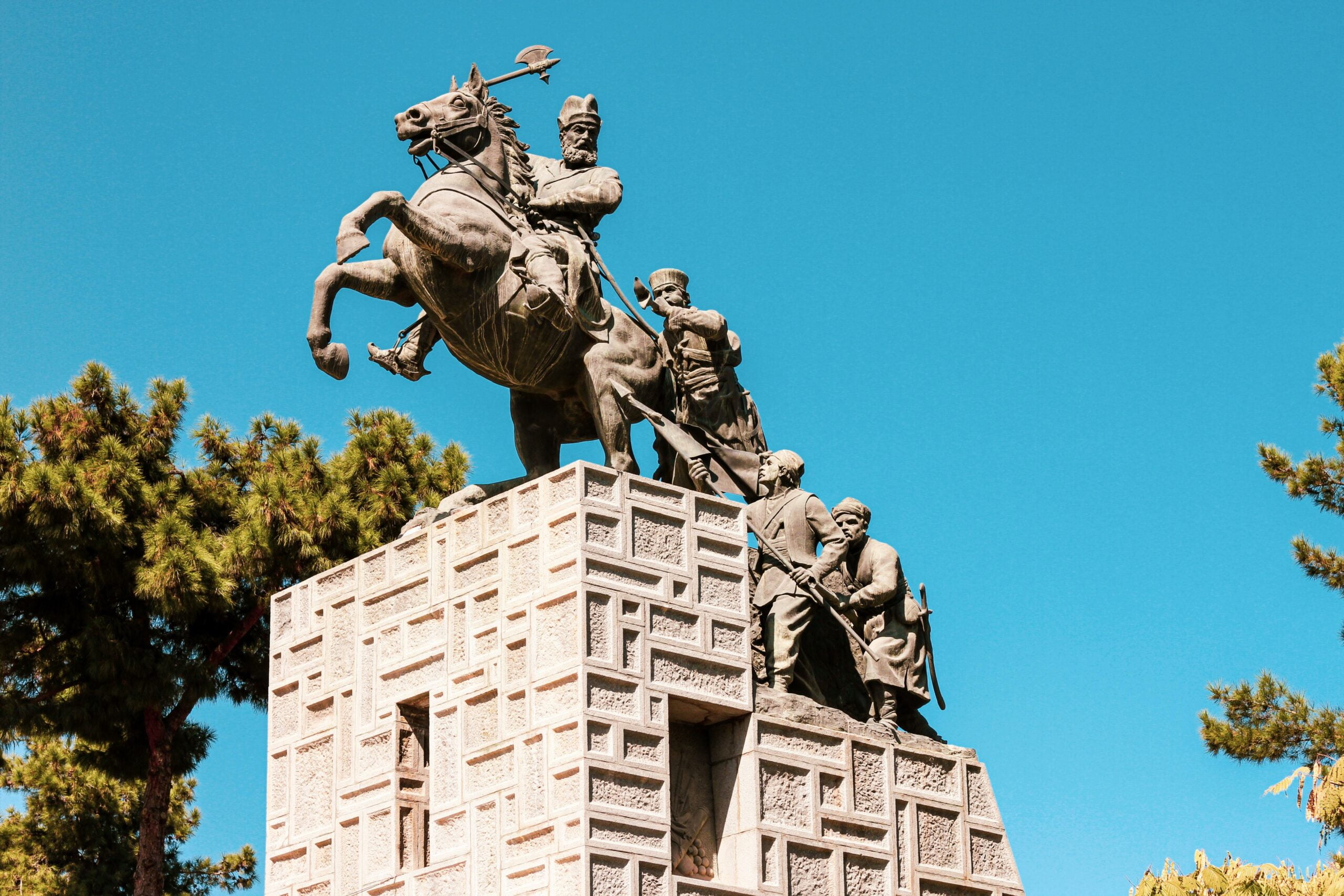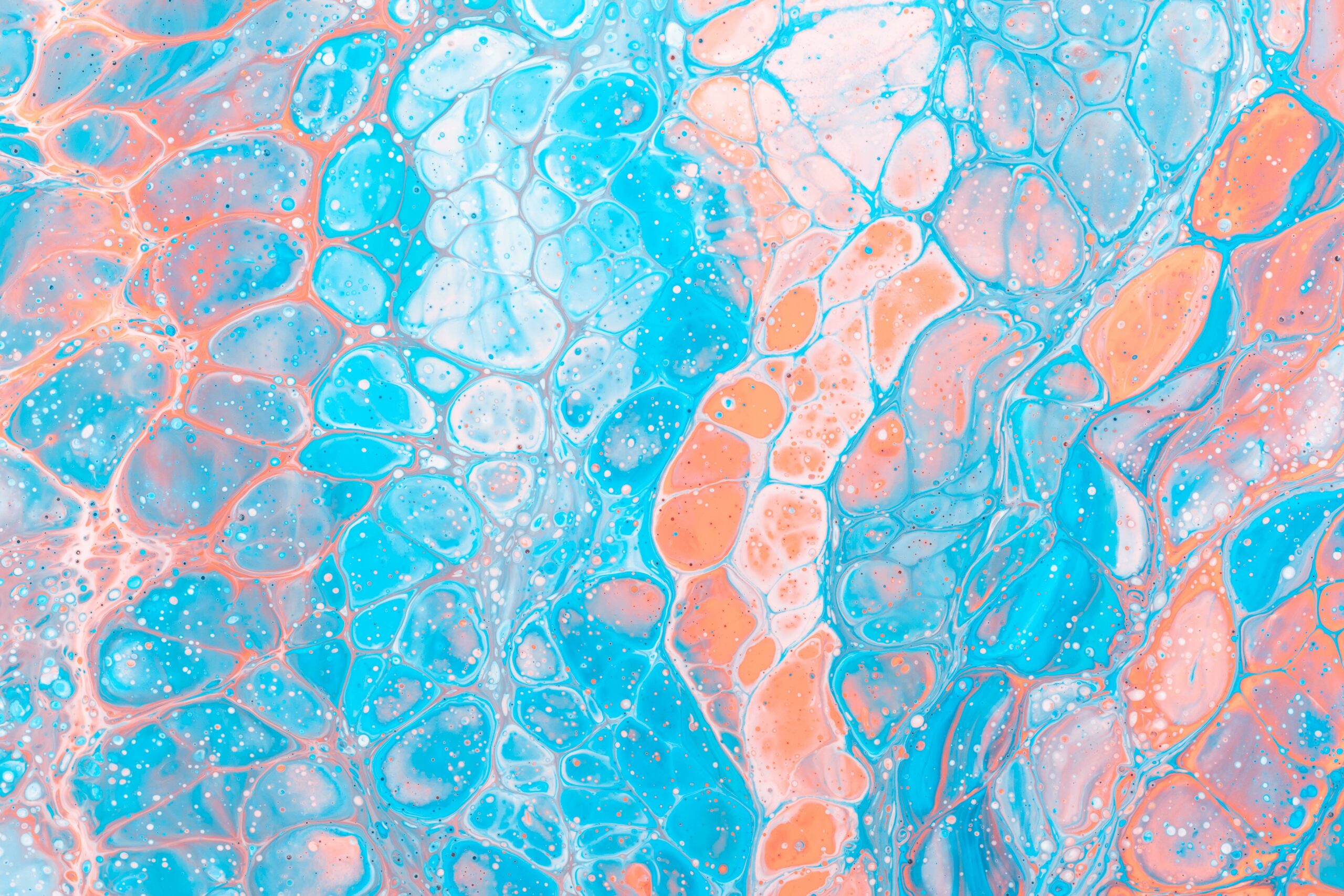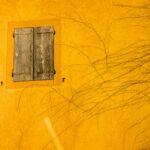Welcome to a captivating journey into the vibrant cultural heritage of the Sychar community. In this article, we will embark on an exploration of the rich traditions, historical significance, and societal values that shape the essence of the Sychar people. As an accomplished cultural anthropologist, I have spent years immersing myself in the study and preservation of diverse cultural legacies around the world. Now, it is with great excitement that I invite you to join me on a quest to unravel the beauty and depth of the Sychar cultural heritage. Prepare to be captivated by a tapestry of traditions that have stood the test of time and continue to enrich the lives of the Sychar people.

Sychar Cultural Heritage
When it comes to preserving the cultural heritage of communities, few places can match the depth and richness of Sychar. Tucked away in the West Bank, this vibrant community has a long and storied history that is ripe for exploration. From ancient archaeological sites to religious traditions spanning multiple faiths, Sychar’s cultural heritage holds immense value for both locals and the wider world. In this article, we will embark on a journey to uncover the fascinating tapestry of Sychar’s cultural heritage and shed light on its significance for future generations.
A Melting Pot of History and Faith
One of the most iconic sites in Sychar is Jacob’s Well, a deep well located in the village of Balata. While religious tradition associates the well with Jacob, it has become a site of pilgrimage for Jews, Christians, and Muslims alike. Over the centuries, different churches have stood near the well, with the present-day church nestled close to the archaeological site of Tell Balata, believed to be biblical Shechem. Church ceremonies, including Christian baptisms, have taken place at Jacob’s Well, further cementing its importance within the Christian faith.
But Jacob’s Well holds deeper symbolic meaning beyond its religious connections. According to the New Testament, Jesus engaged in a profound conversation with a Samaritan woman at this very spot, emphasizing the well’s significance as a place of spiritual encounter. This symbolic encounter paints Jesus as the Bridegroom of Israel, highlighting the well’s status as a Christian holy site with tremendous spiritual depth. It is within these historical and religious layers that we begin to understand the immense cultural heritage intertwined with Jacob’s Well and Sychar as a whole.
A Tale of Destruction and Rebirth
Throughout history, Jacob’s Well has witnessed its fair share of destruction and rebuilding, mirroring the turbulent past of Sychar itself. The site, with its continuous cycle of ruin and reconstruction, reflects the resilience of the local community and their unwavering dedication to preserving their cultural heritage. As different churches were erected on the same location over time, the physical layers of Sychar’s cultural heritage multiplied, making it a captivating site for archaeological investigation and exploration.
Scholarly Debates and Differing Views
Unsurprisingly, a site as historically significant as Jacob’s Well invites scholarly debates and differing views regarding its religious and cultural importance. While it holds immense significance within Christian tradition, the site is also associated with Jacob in Samaritan tradition. However, Judaism does not attribute any particular significance to Jacob’s Well. These varying viewpoints add layers of complexity to understanding the cultural heritage of Sychar, highlighting the need for comprehensive research and exploration.
As cultural anthropologists, it is our duty to delve into these intricacies and foster an understanding and appreciation of Sychar’s rich cultural heritage. By studying indigenous traditions, historical significance, and societal values, we can shed light on the unique tapestry woven by the Sychar people over centuries. Through our research, we strive to ensure the preservation and celebration of this vibrant community’s cultural heritage for generations to come.
Key Point:
Sychar’s cultural heritage dwells within the symbolic layers of Jacob’s Well, where history and faith converge. Despite varying viewpoints and scholarly debates, exploring the rich tapestry of Sychar’s cultural heritage is vital for preserving its uniqueness.
The Power of Preservation
Preserving Sychar’s cultural heritage is not merely an academic pursuit; it holds immense value for the local community and the wider world. Cultural heritage acts as a window into the past, helping us understand the roots of our present-day societies. It fosters a sense of identity and belonging for the Sychar people, enabling them to connect with their ancestors and maintain a strong cultural continuity.
The significance of cultural heritage extends beyond its value as a historical artifact. It can serve as a catalyst for economic development, tourism, and community development. By showcasing the cultural heritage of Sychar, we not only contribute to the preservation of centuries-old traditions but also provide opportunities for sustainable growth and prosperity for the community.
Key Point:
Preserving Sychar’s cultural heritage is crucial for the community’s sense of identity and acts as a catalyst for sustainable development and growth.
Embracing the Spirit of Sychar
As we delve deeper into Sychar’s cultural heritage, we cannot help but be captivated by the vibrant spirit that permeates the community. Sychar serves as a testament to the power of resilience, adaptability, and shared history. By embracing the legacies of the past, the Sychar people ensure that their cultural heritage remains alive and relevant in our ever-changing world.
So let us embark on this journey to understand, appreciate, and celebrate Sychar’s cultural heritage. Together, we can forge meaningful connections, unravel the mysteries of the past, and contribute to the preservation of this vibrant community’s legacy for generations to come.
Key Point:
Sychar’s cultural heritage embodies the resilient spirit of a community that cherishes its past while embracing the present and future. Join us in this journey of exploration and celebration.
Sychar Bible Map is an essential tool for anyone studying the biblical history of this ancient city. This interactive map provides a detailed view of Sychar and its surrounding areas, allowing you to explore the locations mentioned in the Bible with just a click. Whether you’re a scholar, a student, or simply curious about the historical context of biblical events, this map will undoubtedly deepen your understanding and enhance your study. So hop on this virtual journey to Sychar and uncover the secrets hidden within its ancient streets. Click here to access the Sychar Bible Map: Sychar Bible Map
FAQ
Question 1: What is the significance of Sychar’s cultural heritage?
Answer 1: Sychar’s cultural heritage holds immense value as it represents the traditions, customs, and historical legacies of a vibrant community. It provides insights into the unique practices and beliefs that have shaped the identity of the Sychar people over generations.
Question 2: What are some examples of indigenous traditions within the Sychar cultural heritage?
Answer 2: The Sychar cultural heritage encompasses a range of indigenous traditions, such as ceremonial rituals, traditional music and dance forms, craftsmanship, storytelling, and culinary practices. These traditions reflect the cultural richness and diversity of the Sychar community.
Question 3: How does the Sychar cultural heritage contribute to society?
Answer 3: The Sychar cultural heritage plays a crucial role in shaping the social fabric of the community by fostering a sense of belonging, identity, and pride. It also promotes intergenerational knowledge transfer and strengthens community bonds.
Question 4: How can the cultural heritage of Sychar be preserved?
Answer 4: Preserving the cultural heritage of Sychar requires a collaborative effort involving the community, scholars, and cultural organizations. It involves initiatives such as documentation, archiving, revitalization of traditional practices, education, and creating platforms for the community to showcase their cultural heritage.
Question 5: What can we learn from exploring the Sychar cultural heritage?
Answer 5: Exploring the Sychar cultural heritage allows us to gain a deeper understanding of the history, values, and worldview of the community. It provides insights into the interplay between cultural practices and the environment, as well as the resilient spirit of the Sychar people. Through this exploration, we can foster mutual respect, appreciation, and cultural exchange.
- Mastering Leader in Spanish: The Complete Guide - April 19, 2025
- Uncovering Surprising Parallels: England Size Compared to US States - April 19, 2025
- Old Mexico Map: Border Shifts 1821-1857 - April 19, 2025
















